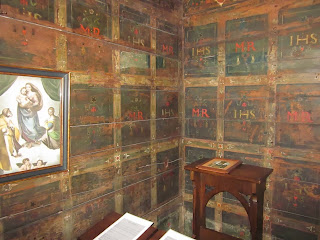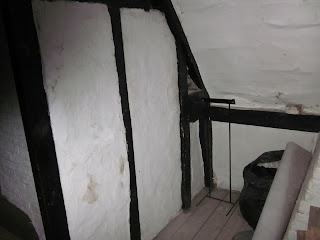Having made the journey myself, not so long ago, from Sydney to Ossett, what a great pleasure it was, just a few days ago, to welcome in Ossett a group of Sydneysiders. Joe and Julie, Angela and Christine, are all members of the Servants of Jesus Community, based in Sydney, with whom I enjoyed a very close and fraternal connection during all my years working in Sydney. Indeed, I celebrated the Sunday Mass for the Community, more or less every fortnight during those years.
Here we all are, pictured above on the Solemnity of Christ the King, just after the first Sunday Mass in Ossett. This small group from the Community had been on mission on the island of Malta just a week prior to their visit to Yorkshire. I was so pleased to see them again - it was quite difficult for me to believe that they were actually here!
It is always very good to keep contacts, especially with people who are happy to travel even considerable distances in order to proclaim Christ.




































